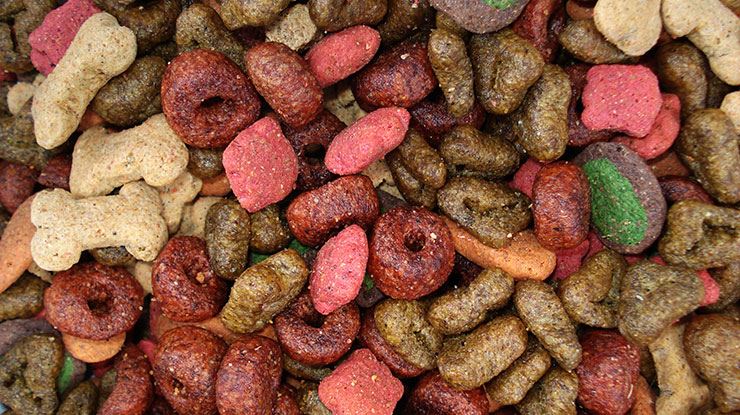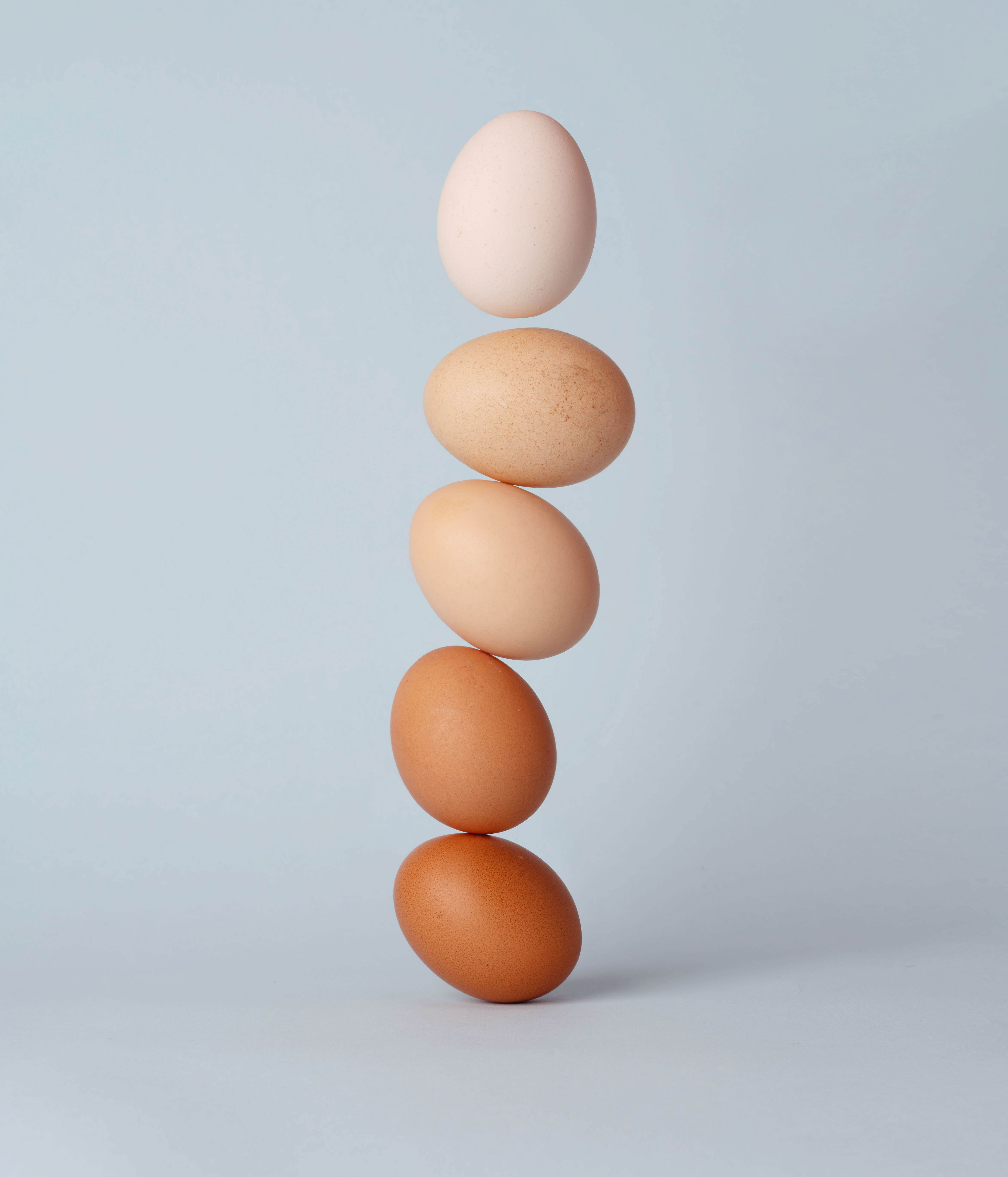
Keys to Your Dog's Nutrition
Deciding what to feed your dog can be a challenge. Heck, choosing what to put in your own body can be hard. Nutrition labels are often confusing, and ingredient lists can be unpronounceable. What's a dog lover to do?
If you want to feed your pup the right way, follow the five keys to nutrition below.
1. Always Offer Water
Water is a vital part of your dog's health. Without it, his body—just like your own—will get dehydrated, making it difficult to function. You should always keep a clean bowl of water accessible at all times and refresh the water daily. Depending on the temperature and amount of exercise your dog gets, he may need more throughout the day.
If water is available, a healthy dog will drink enough to stay hydrated. However, certain illnesses—like cancer and kidney disease—can increase the risk of dehydration. To check your dog's hydration, gently lift a fold of loose skin over his shoulder blades and release it. The skin should quickly return to place. If the skin returns slowly, your dog is likely suffering from dehydration.
2. Choose the Right Foods
It's essential to feed your dog high-quality food. When it comes to selecting dry or wet food, don't just look at the nutrition label. Instead, look at the source of the ingredients. Two different foods may both contain 20 percent protein, but they may be vastly different in terms of digestibility. Whenever possible, select a brand with whole-food ingredients.
Depending on your dog’s breed, you may also want to explore a low-calorie diet. Many dogs have low-energy requirements, and, as a result, only need a small number of calories. Look for dog food with less than 350 calories per cup—just enough for your dog to feel satisfied without putting on extra weight. Just make sure to check with your dog’s veterinarian before making changes to her diet.
3. Don't Skimp on Protein
Dogs need protein—a nutrient made up of amino acids—in order to survive. Protein gives the body structure and is necessary for proper function. Proteins also supply the body with energy. Since a dog's body can't produce or store the required amino acids on its own, you can supplement the remainder through diet.
All dogs require different amounts of protein depending on their size, age, activity levels and more. Puppies, as well as pregnant and lactating females, require more than most. Look for animal sources of protein, such as lean meats, fish, eggs, and liver. You can also include plant-based protein like beans, lentils, and peas.
4. Don't Trim the Fat
Fat is a macronutrient made up of fatty acids. It provides your dog's body with the nutrients needed to absorb vitamins, protect organs, and regulate temperature. It supplies a concentrated source of natural energy, though it has almost double the calories of protein and carbohydrates.
Your dog's nutrition is essential to her health and wellbeing, and as such, fat must be a part of it. Avoid feeding your dog table scraps. Instead, add low-mercury fish and fish oils to her diet, like salmon, cod, and flounder. You can also add plant-based oils, such as flaxseed and hemp seed.
5. Make Your Own Dog Food
Many people make their own dog food to ensure their furry friend is getting all the right nutrients. There are plenty of healthy, easy-to-make recipes out there that will have you saying goodbye to supermarket runs. Find your pup's favorite meal and rotate the recipes for a delicious new treat each night.
When you make your own dog food, you know precisely what's going into the bowl. There's no mystery meat or ingredients you can't pronounce. It's whole, nutritious, and good for your pup. This recipe, for example, calls for brown rice, ground turkey, carrots, zucchini, peas, spinach, and olive oil. Once cooked and cooled, it's ready to serve.
We all love our dogs. That's why it's important to learn their nutritional needs and feed them the best diet possible. They depend on us to live long, healthy, and happy lives. The least we can do is research the best ingredients.
Emily is a freelance wildlife conservation and pet blogger. To check out more of her work, see her blog, Conservation Folks, or follow her Twitter account @emilysfolk.










